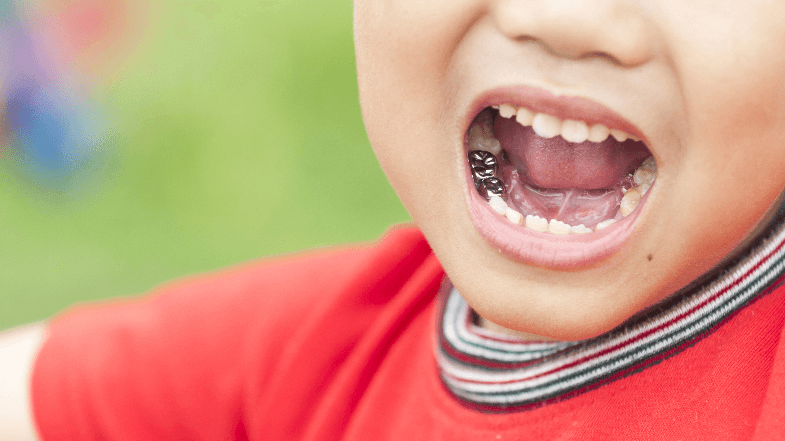Does My Child Need a Crown?
Although your child’s baby teeth are not permanent, they are essential for development. Baby teeth play a vital role in the future eruption of permanent teeth. They play a pivotal part in helping children speak and chew food. If your child has a decayed primary tooth, it is important to address it. If the decay is severe, your child’s dentist may recommend a crown. You may be asking, why does my child need a crown? And, is it really necessary? Here are some informative points to help you to understand this procedure better.
 What is the reason my child needs a crown?
What is the reason my child needs a crown?
When a dentist removes a significant amount of tooth decay, the tooth may become extremely sensitive. According to your child’s case, the dentist may recommend capping over tooth removal, especially for molars. It is necessary to keep baby teeth healthy and in place. That way, when permanent teeth grow in they appear in the proper place. This reduces the chances that they’ll need extensive orthodontic treatment later.
What are the advantages?
- Since the enamel on baby teeth is thinner that adult teeth, decay can spread. The crown will prevent the spreading of decay and infection to other parts of the mouth.
- The crown fills in space in the mouth, therefore allowing for proper oral health and speech development.
- Crown restorations aid in the proper development of your child’s jaw.
- Crowns will assist in the proper chewing of food.
What happens during the procedure?
- First, the dentist numbs the area with a topical numbing gel. It is applied around to the gums and cheeks around the tooth receiving the crown.
- Next, the dentist injects a local anesthetic to numb the tooth completely. Some children are fully consciously sedated to ease anxiety and for safety sake.
- Then, the dentist places a dental dam, which is a small piece of latex or similar material used to isolate the tooth. This helps to protect your child’s teeth gums and cheek.
- The dentist then begins to remove the decay using a particular drill and will proceed to shape the tooth in preparation for the crown placement.
- Finally, the crown is placed. It needs to fit snuggly over the tooth so that it prevents future decay.
What is the crown made of?
There are four types of crowns used in pediatric procedures.
Stainless Steel
- The most common type used.
- Easy to customize the fit.
- Best for molars as they are strong and durable.
- Cost-effective and usually only require one visit.
- Particularly effective in preventing the spread of decay.
Strip crowns (A.K.A. acid-etched resin or composite strip)
- Made of a clear shell that is filled with a tooth-colored composite and fitted over the tooth.
- It acts as a mold, and once the composite hardens the covering is removed.
- Often used for the from teeth as they are tooth colored.
- Moderately priced.
Veneered Steel Crowns (A.K.A porcelain-fused-to-metal or resin veneer crowns)
- A Stainless steel/nickel crown base with a tooth-colored material bonded to the front, top, and sides.
- Perfect for front teeth, as well as back teeth.
- Requires more tooth preparation before installing.
- May cause an allergic reaction in children sensitive to certain metals.
White Dental Crowns ( A.K.A zirconia crowns)
- Made of a hard tooth-colored material similar to ceramic.
- Pre-made to your child’s specifications.
- Contain no metal, and will never cause an allergic reaction.
- Virtually indestructible, even stronger than natural enamel.
There are many concerns surround whether your child may need a crown. At Tooth Fairy Smiles our staff is her to answer all of your questions. Our goal is to inform you so that you can make a decision that is best for your child. Contact us today.
Share